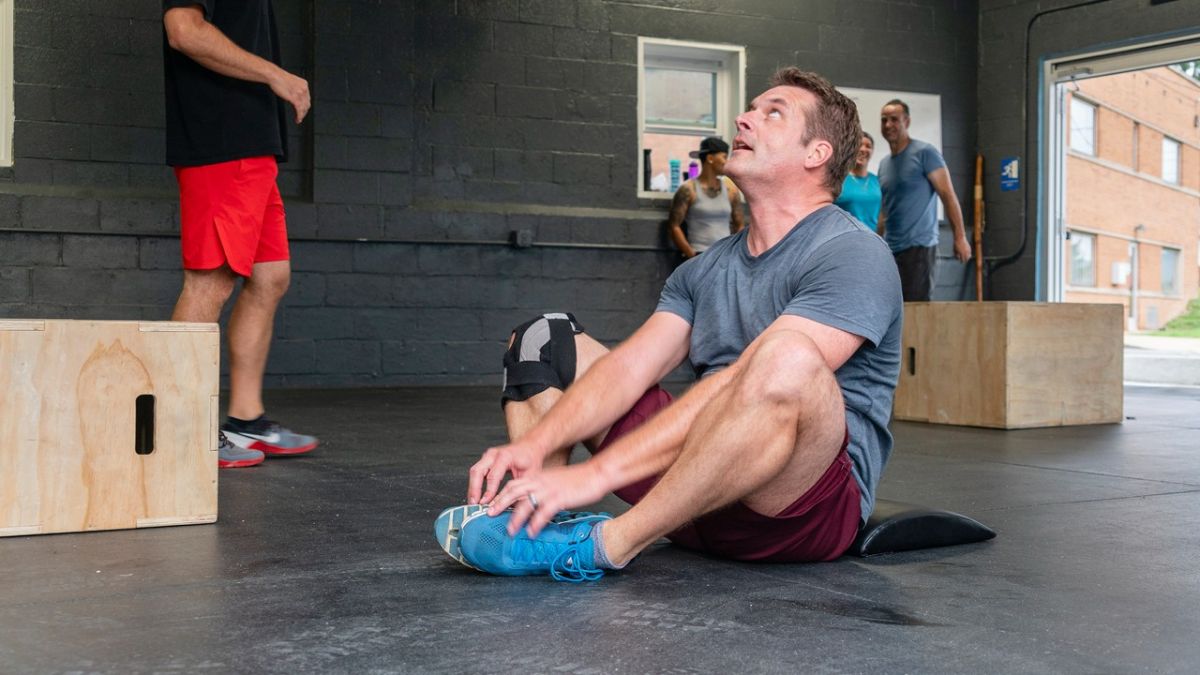The traditional sit-up may have fallen out fashion to an extent, but its close relation the butterfly sit-up is a common sight in CrossFit gyms. That’s largely because the sit-up is often performed poorly, with people failing to engage their abs and relying on their hip flexors instead, but the butterfly sit-up takes your hip flexors out of the equation. The result? A more focused abs hit.
So should you swear off the sit-up forever? Not so fast, says Ryan Horton, a strength and conditioning coach and sports scientist with more than 20 years’ of experience, who we spoke to to get an expert take on promising abs exercise.
Is the butterfly sit-up better than the sit-up?
No, it’s complementary. Horton suggests you incorporate both the butterfly sit-up and the original movement in your routine and use it as a way to keep your training varied.
“A butterfly sit-up is going to be a little less hip flexor, a little more groin, but I would use it as a variation,” says Horton, who programs both into workouts for his high-performance clients.
“Typically I’ll have one or two days a week where our athletes work their core with a bodyweight circuit. It’ll be four or five bodyweight movements and we knock them out back to back at the end of a workout. This is a movement I would add into that.
“Or you could use it as a warm-up exercise. If you’re doing two rounds of six or seven moves to get ready for your workout, this is a great exercise to include for 10 reps. That way, you’ll get both the core and the groin warmed up.”
How To Do The Butterfly Sit-Up
core workouts a week for the athletes he works with and the appeal of the butterfly sit-up lies in the variety it offers.“It can add freshness to your workout by being something a little bit different so you’re not doing the same thing over and over again,” says Horton, “even if it’s doing a lot of the same work and has the same benefits as the original exercise.
“From that standpoint, I think variations are always a good thing to throw into your workout.”
Which muscles are worked by the butterfly sit-up?
As with the sit-up, Horton says the rectus abdominis—the group of muscles on the front of the stomach, responsible for spinal flexion and the six-pack shape—is doing most of the work.
“But any sit-up is going to get everything in your core involved—it’s just a question of how much,” says Horton. “The rectus abdominis is going to be your prime mover, it is a spinal flexion movement, but your core and your hip flexors will all engage.”
About Our Expert
Ryan Horton is the owner of Horton Barbell. He began his career as a strength and conditioning coach in 2004, holding positions ranging from assistant coach to director of strength and conditioning at a number of US universities, including Temple University. Before opening Horton Barbell, he held the position of director of applied sports science with the Georgia Tech American football team. He graduated with a BA in exercise physiology from Otterbein University.








